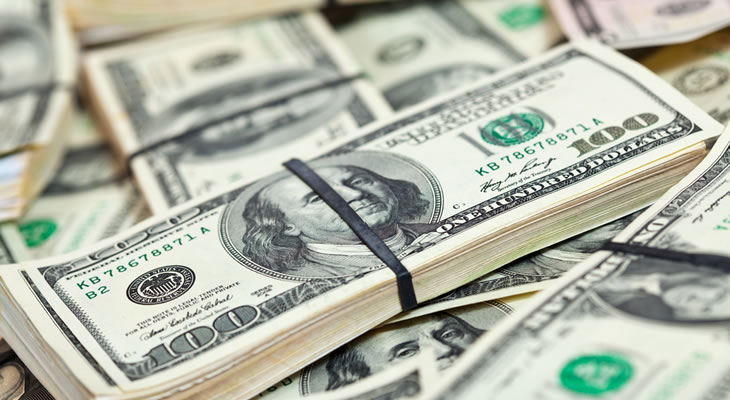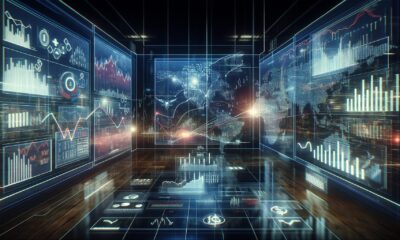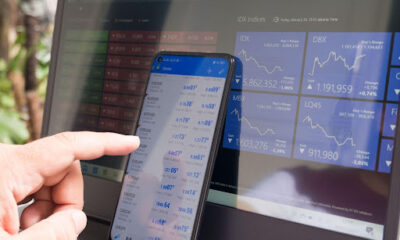The US dollar weakened against major currencies on Friday after Federal Reserve Chair Janet Yellen said tightening policy would likely be appropriate this month as long as the economy continues to improve as expected. This assertion further buttressed general consensus that the Federal Open Market Committee (FOMC) will hike rates at least three times this year if labor market remains healthy and prices move towards 2 percent target.
However, despite the positive economic data, there were inconsistencies that could impact Fed’s rate decision this month, for instance, the preliminary GDP figure showed the economy was flat in the last quarter of 2016. Growing at 1.9 percent, same as the third quarter but below 2.1 percent expected. Therefore, if average hour earnings and employment numbers due on Friday 10 March failed to ascertain economic improvement as expected, the Fed may be forced to hold off for a while. This is because the Fed is basing its decision on costs (inflation) and employment data.
Otherwise, the FOMC will increase official rates this month and further boost capital market (bonds).
In the Euro-Area, the economic outlook continues to improve following a series of positive economic data released in February — composite purchasing manager index climbed to 56 in February, it highest in almost 6 years. While inflation rate rose to 2 percent target in February for the first time in 4 years. Signalling faster growth in new businesses and an upturn in business sentiment in the region.
This does not imply the European Central Bank will start winding down on stimulus as Mario Draghi insisted that sustainability of the improvement is one of the criteria the institution would consider before such decision. But continuous growth in the region’s manufacturing sector would aid economic expansion, business sentiment and strengthens the Euro-single currency ahead of official Brexit proceedings later this month.
In Japan, the weak yen and surge in global commodity prices are pressuring consumer prices. Boosting inflation rate to almost 2-year high and manufacturing PMI to 53.3 in February, making it the highest reading since March 2014.
Similarly, unemployment rate improved from 3.1 percent to 3 percent in January but shortages of workers may aid wage growth as employers are likely to increase wages to retain desirable employees and attract new ones.
However, the continuous gain of the yen depends largely on Fed rate’s decision and expected to continue if the Fed fails to increase rate this month and vice versa.
Overall, both the US and the Euro-area economies remained strong but US uncertainties cloud its currency direction as investors and businesses are yet to pinpoint tax policy (fiscal stimulus) modus operandi going forward. Accordingly, the Euro-area issues are yet to be resolved – the Greek and Brexit. Therefore, global financial markets might experience a certain level of volatility this month.
This week, EURNZD, NZDJPY and EURJPY top my list.
EURNZD
The Euro-area economy has improved in recent months and expected to continue due to the renewed business confidence in the region and surge in the manufacturing sector.
However, New Zealand dollar remained unattractive after Governor Graeme Wheeler comments on the danger of high foreign exchange on the economic growth.

Click to enlarge
Last week, the pair gained 418 pips to close below key resistance of 1.5118 but above 20-days moving average for the first time since May 2015. Therefore, this week, I will be looking to buy EURNZD above 1.5118 resistance levels for 1.5469 targets, a sustained break will likely open up 1.5775 targets.
Last Week Recap
NZDJPY
Three weeks ago, I mentioned the potential of this pair, ever since it has lost 229 pips but yet to meet our target at 78.83 price levels. But why I remained bearish on this pair is one, because of the unattractiveness of the New Zealand dollar as explained three weeks ago. Two, last week candlestick closed as a bearish pin bar candlestick –signifying traders bearish bias.

Click to enlarge
So this week, I will be looking to add to my sell position below 79.92, 20-days moving average for 78.83 targets.
EURJPY
The Euro single currency rebounded last week and gained across board following renewed interest in the region. Similarly, the surge in the odds of the Fed raising rates in March boosted inflow of cash to the American market and reduced the attractiveness of the Japanese assets, including the yen.
Therefore, the yen plunged against both the Euro single currency and the US dollar but gained against the rest or was flat. So this week, I am bullish on this pair against last week bearish projection.

Click to enlarge
Hence, I will be looking to buy above 121.10 resistance levels for 123.61 targets and expect a sustained break of 124.18 resistance, above post-Brexit high to reinforce buyers’ interest for 127.26 resistance.




 Forex2 weeks ago
Forex2 weeks ago




 Naira2 weeks ago
Naira2 weeks ago
 Naira4 weeks ago
Naira4 weeks ago
 Company News4 weeks ago
Company News4 weeks ago
 Billionaire Watch1 week ago
Billionaire Watch1 week ago




 Naira2 weeks ago
Naira2 weeks ago




 Naira4 weeks ago
Naira4 weeks ago




 Naira1 week ago
Naira1 week ago





















